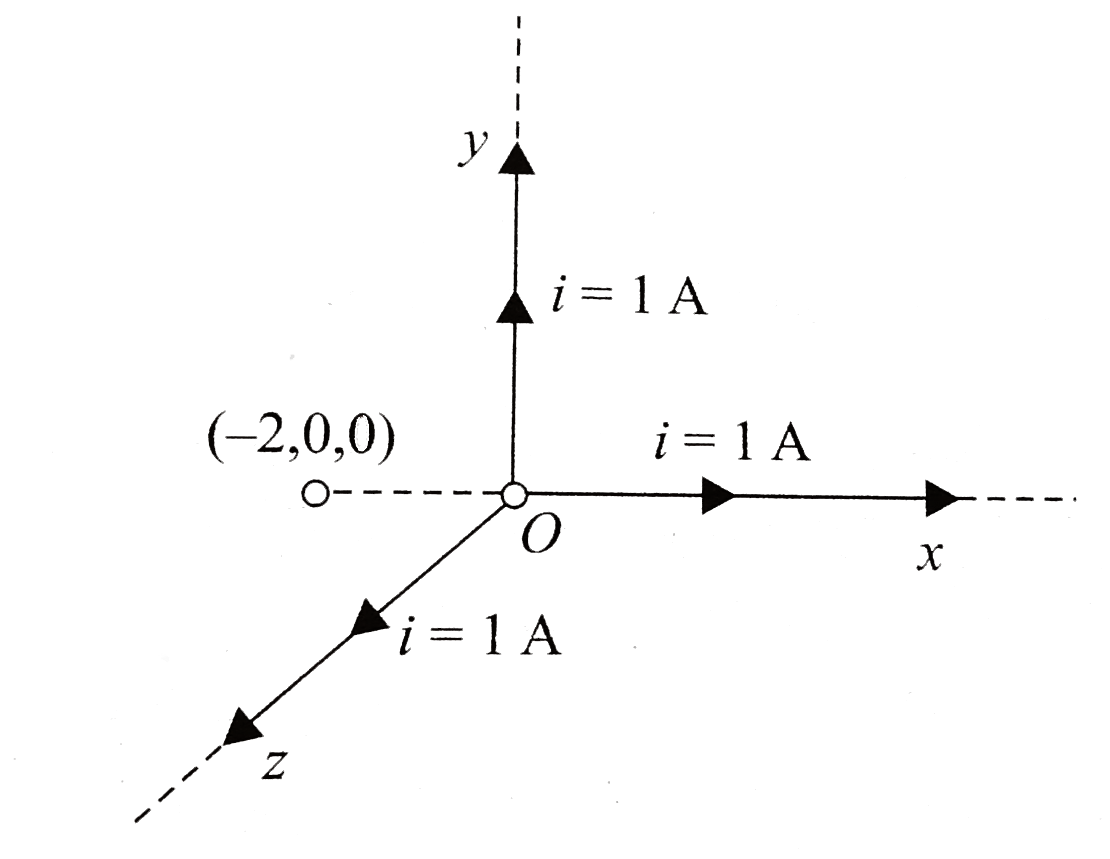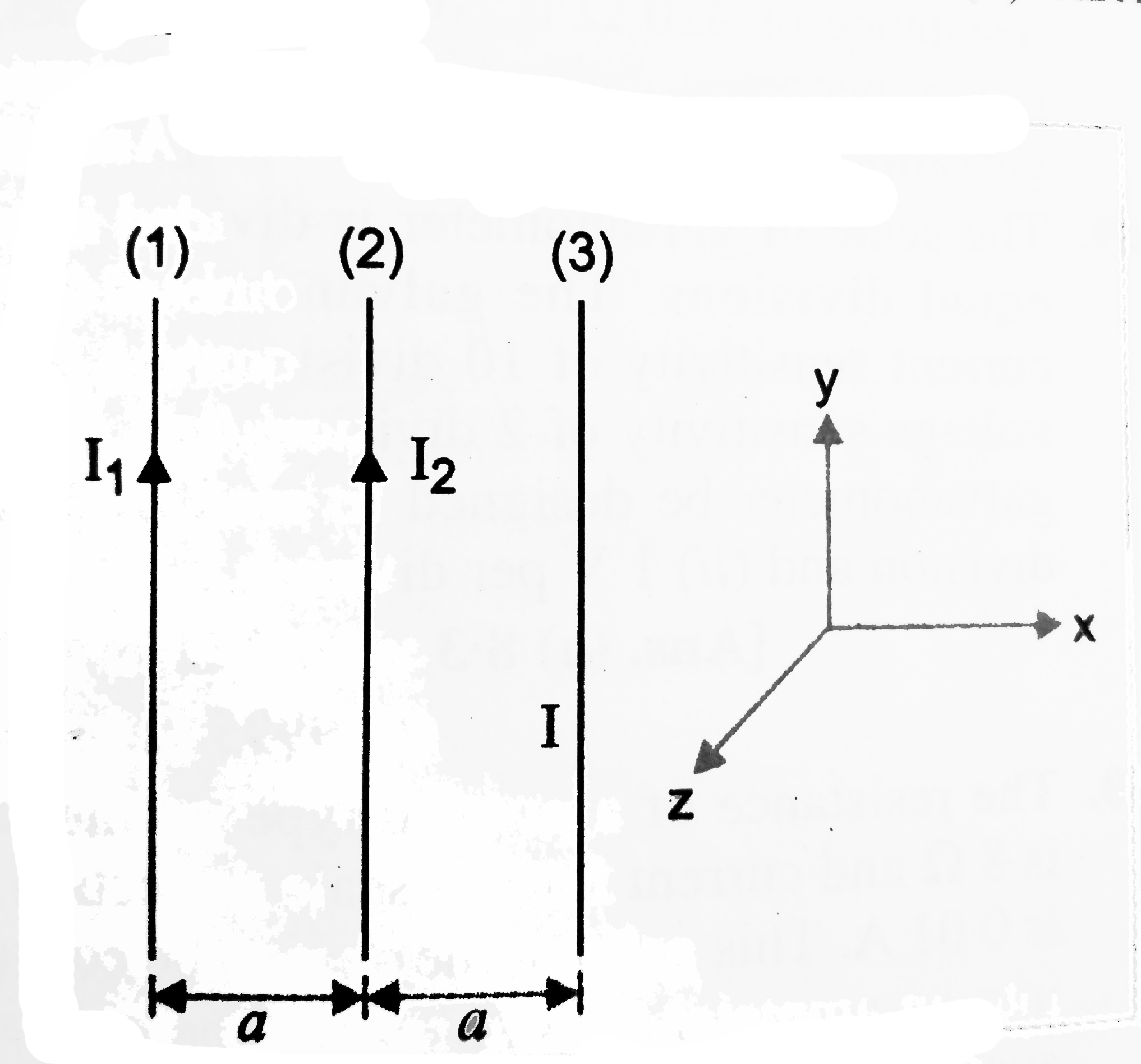For wiring in the home, one uses Cu wires or A1 wires. What considerations are involved in this ?
The Cu wires of Al wires are used for wiring in the home. The main considerations are involved in this process are cost of metal, and good conductivity of metal.
Topper's Solved these Questions
- CURRENT ELECTRICITYBook:NCERT EXEMPLAR ENGLISHChapter:CURRENT ELECTRICITYExercise:MCQs (More than one options)
Explore 5 Videos
- COMMUNICATION SYSTEMBook:NCERT EXEMPLAR ENGLISHChapter:COMMUNICATION SYSTEMExercise:LONG ANSWER TYPE QUESTIONS
Explore 5 Videos
- DUAL NATURE OF RADIATION AND MATTERBook:NCERT EXEMPLAR ENGLISHChapter:DUAL NATURE OF RADIATION AND MATTERExercise:LONG ANSWER TYPE QUESTION
Explore 5 Videos
Similar Questions
Fuse wire is a wire of :
View SolutionOne end of wires of the same metal and of same length (with radius, r and 2r) are joined together. The wire is used as sonometer wire and the junction is placed in between two bridges. The tension T is applied to the wire. If at a junction a node is formed then the ratio of number of loops formed in the wires will be:
View SolutionTwelve horizontal telephone wires are supported by a vertex telegraph post , 5 wires ecrossing from the north and 7 wires from the rest . If all the wires are under the same tension , in which direction should the stay wire be fixed ? What is the resultant ten be fixed ? What is the resultant tension in the stay wire ?
View SolutionThree infinitely long wires, each carrying a current 1A, are placed such that one end of each wire is at the origin, and, one of these wires is along x-axis, the other along y-axis and the third along z-axis. Magnetic induction at point (-2 m, 0, 0) due to the system of these wires can be expressed as

View SolutionThree long straight parallel wires are kept as shown in figure. The wire (3) carries a current I.

(i) The direction of flow of current I in wire (3), is such that the net force, on wire (1), due to other two wires, is zero (ii) By reversing the direction of I, the net force, on the wire (2) due to the other two wires, becomes zero.
What will be the directions of current I, in the two cases? Also obtain the relation between the magnitudes of current I1, I2 and I.
View SolutionTwo wires are made of the same material and have the same volume. However wire 1 has cross-sectional area A and wire 2 has cross-sectional area 3A. If the length of wire 1 increases by Δx on applying force F, how much force is needed to stretch wire 2 by the same amount?
View SolutionTwo wires are made of the same material and have the same volume. However wire 1 has cross-sectional area A and wire 2 has cross-sectional area 3A. If the length of wire 1 increases by Δx on applying force F, how much force is needed to stretch wire 2 by the same amount?
View SolutionTwo wires are made of the same material and have the same volume. However wire 1 has cross-sectional area A and wire 2 has cross-sectional area 3A. If the length of wire 1 increases by Δx on applying force F, how much force is needed to stretch wire 2 by the same amount?
View SolutionA room AC run for 5 hour at a voltage of 220V The wiring of the room constant of Cu of 1mm ratio and a length of 10m consumption per day is 10 commerclal unit What fraction of it goes in the joule heated in wire? What would happen if the wiring is made of aluminum of the same distances? [ρcu=1.7×10−8Ω,ρA1=2.7×10−8Ωm]
View SolutionTwo long, straight wires, one above the other, are separated by a distance 2a and are parallel to the x-axis. Let the y-axis be in the plane of the wires in the direction form the lower wire to the upper wire. Each wire carries current I in the +x-direction. What are the magnitude and direction of the net magnetic field of the two wires at a point in the plane of wires:
(a) midway between them?
(b) at a distance a above the upper wire?
(c) at a distance a below the lower wire?
View Solution